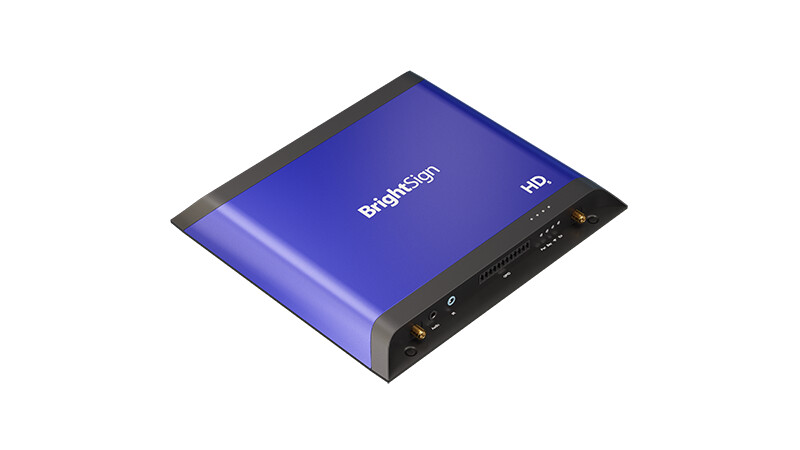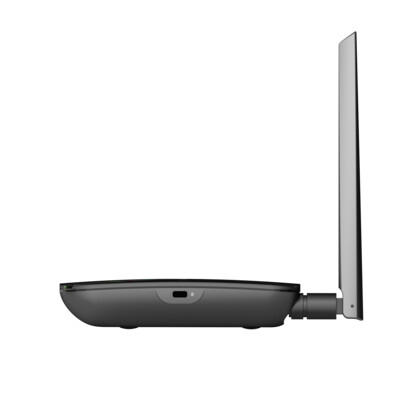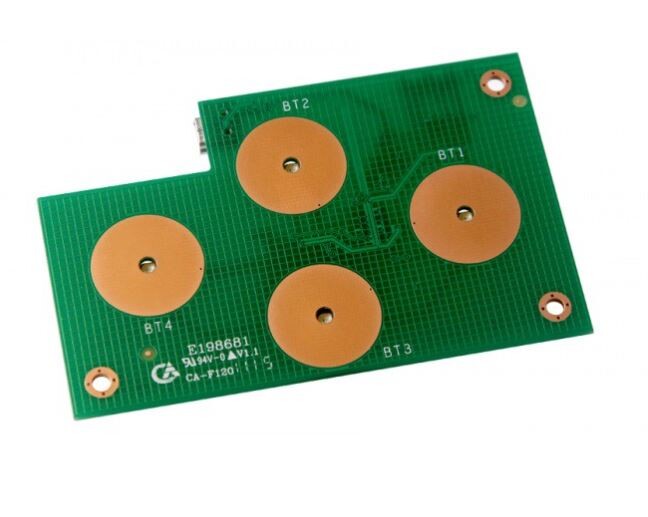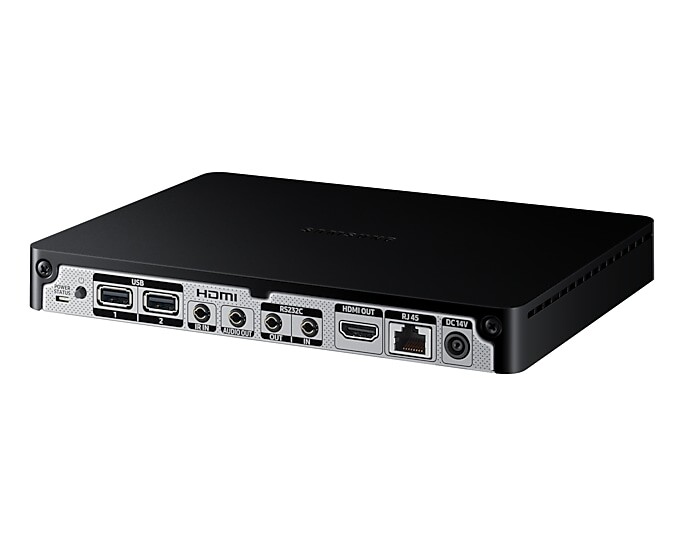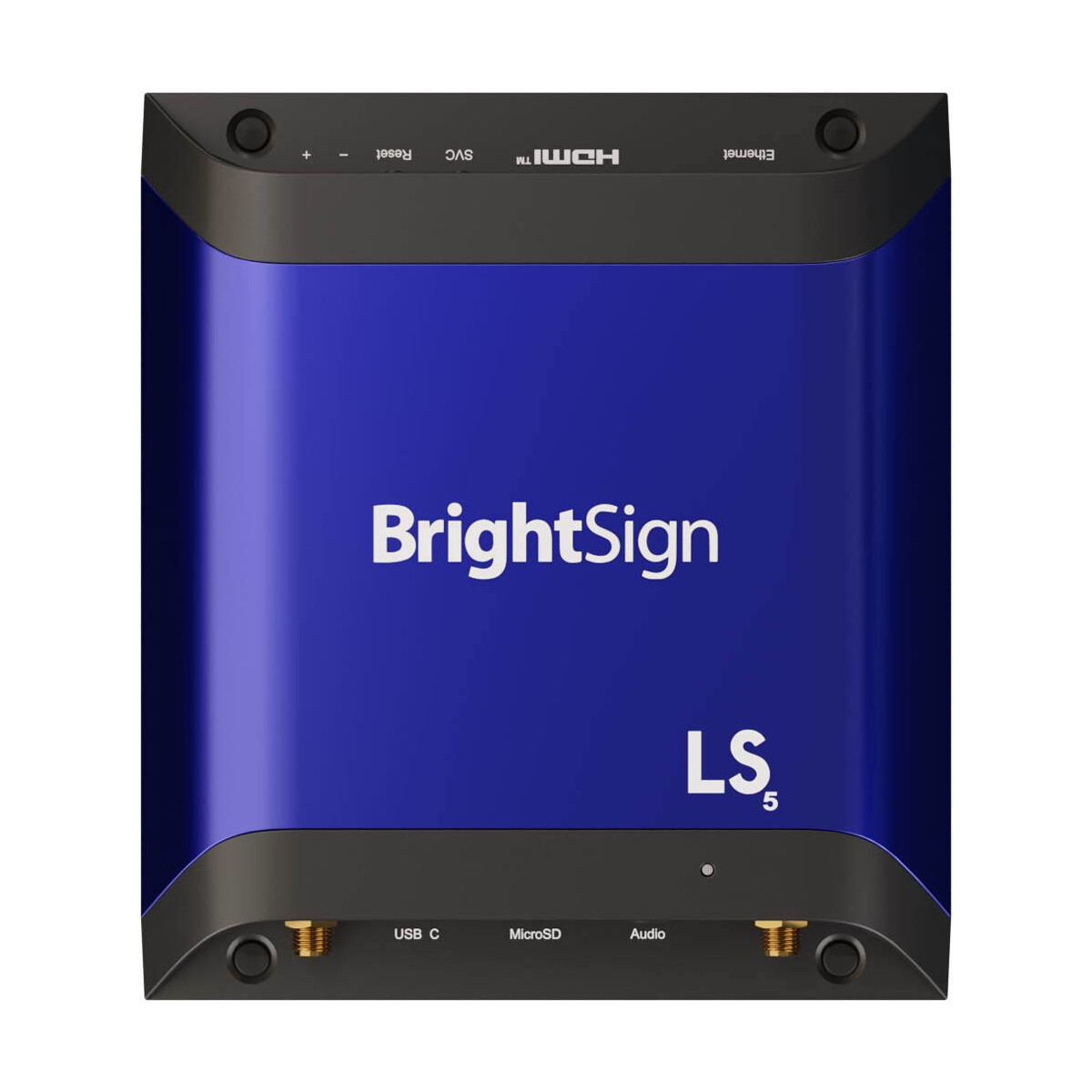Digital signage player
A digital signage player enables you to play various content via a display or projector. It supports a number of formats and is able to play content in play sequences or at different intervals designed for specific target groups.
19 Products
Sort by:










